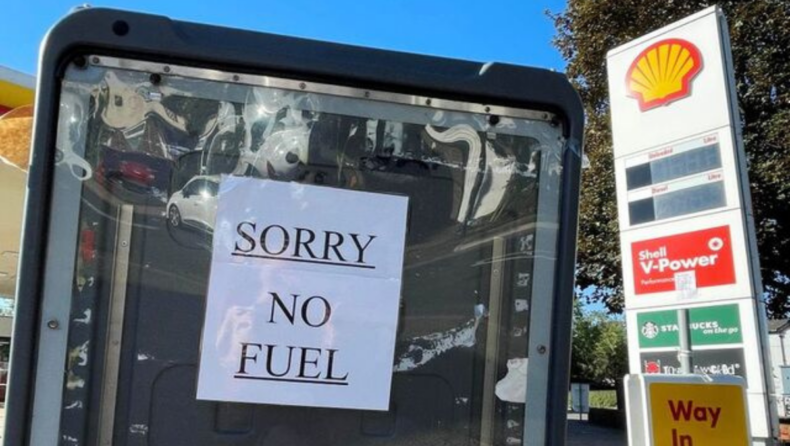Europe’s energy crisis: In a situation when Europe is facing its worst energy crisis ever, the recent sanctions have put it on the edge of a knife.
Europe is scrambling for help and looking around everywhere for fuel. If conditions worsen, the Europeans will face the wrath in the approaching winters.
Coal fired power plants that were closed earlier are now being revived again. Billions of euros is being spent on terminals to bring natural gas from different parts of the world.
Much of it is coming from the shale fields in Texas. Government officials are running hither and thither to appease various other states for natural gas.
They are flying to Norway, Algeria, Qatar and Dubai to meet the officials and make robust agreements.
Why is Europe in deep waters?
Fear has gripped people due to lack of fuel. Factories may close down due to non- availability of fuel and natural gas. Due to this thousands of jobs will be under risk.
The rising cost of oil has added much pain in the lives of the common man who is already facing the risk of recession and sky-rocketing inflation.
However, the hunt for fuel has met considerable success because Russia provided most of the natural gas to Europe.
Micheal Stoppard, vice president for global gas strategy at a research firm, S & P Global commented, “There is a very big and legitimate worry about this winter.”
The amount of natural gas, purchased from Russia, is less than one- third in this quarter than the previous year. The energy Russian giant, Gazprom, again reduced the amount of natural gas flowing through a key pipeline to Germany.
Because of this, European futures gas prices have seen record levels which will hurt already crippling nations.
The current move to curb Russian gas is almost unthinkable after the decade- long supply of oil and natural gas through the Siberian pipelines.
The Siberian pipeline stretches almost thousands of miles traversing from Siberia to Europe.
More on Europe’s energy crisis:
The European nations are looking for alternative forms of energy. Earlier most of the nations had planned a slow transition from fossil fuels to other less polluting sources of energy.
But the sudden move to switch over to other forms of nations is painful due to the dearth of technologies and resources.
Condensed liquified natural gas (L.N.G) has made a comeback and is seen as a promising alternative for this short period. The United States of America (U.S.A) has emerged as the dark horse by becoming the largest exporter of LNG to the European markets.
However there is some comfort for the European nations on the horizon too. Europe’s gas storage is filled to around 67 percent of the capacity. It is higher than 10 percent from last year.
Europe might reach close to the desired targets of 80 percent before winter sets in which might bring further relief to the aggrieved nations.
But legitimate concerns still weigh more because Europe’s plan might fail before the harsh winter comes.
Massimo di Odaro, vice president of Woods Magazine, expressed his concern,”We are getting close to the danger zone.”
Few analysts are providing hope to the European nations. They are allaying the fear by saying that the situation will be under control in the next few months.
But it might be nail biting for Europe’s energy intensive industries like fertilisers and metal smelters.
Russia knows the European Union’s plan to store gas in advance for the impending winter. That is why it wants to impede the plan for its own gains, as per sources.
And to Europe’s dismay, bad weather in winter might tip Europe’s energy sources. An Atlantic hurricane might delay LNG tankers and a storm in the North sea is capable of knocking off Norway’s gas production.













